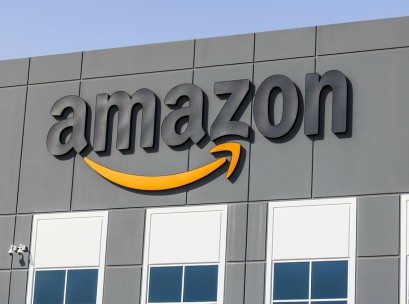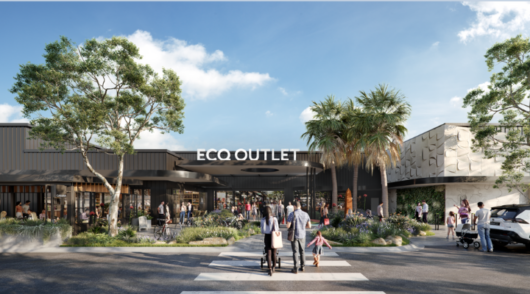 Amazon expands delivery trial in the US, which have been pushed to breaking point in recent years due to the growing popularity of Fulfillment By Amazon (FBA).
Amazon expands delivery trial in the US, which have been pushed to breaking point in recent years due to the growing popularity of Fulfillment By Amazon (FBA).
FBA lets marketplace sellers outsource the warehousing, packing and shipping of their products to the e-commerce giant for a fee. In exchange, these products become Prime-eligible. While Amazon has never disclosed the exact number of marketplace sellers using FBA worldwide, the company recently said it handled “billions” of items on behalf of third-party sellers in 2017.
But as more sellers have signed on to the program, Amazon’s warehouses in the US have become overcrowded. The company in 2015 introduced an alternative offering, called Seller Fulfilled Prime, which allowed sellers with a strong track record of on-time delivery to list their products as Prime-eligible without using FBA. However, many sellers found the cost of shipping too high, given Prime’s two-day delivery promise.
Last year, the company started testing a different program called Seller Flex. Like Seller Fulfilled Prime, Seller Flex reduced congestion in Amazon’s own warehouses by letting users store their own items and still list them as Prime-eligible, but gave Amazon more control over the last mile. The e-commerce giant decided how an order was sent, rather than the seller, and negotiated with shipping carriers to get volume discount.
Now, it appears Amazon has expanded the service, changing the name to FBA Onsite and recruiting more sellers in the US to participate in the trial. Bloomberg reported last Monday that sellers using FBA Onsite could access shipping rates as much as 70 per cent cheaper than they would pay themselves. Amazon had not responded to a request for comment at the time of writing.
What it means for Australian sellers
Since launching its retail and Marketplace offering in Australia at the end of last year, Amazon has confirmed it will offer FBA to local sellers “soon”, with Amazon Prime set to launch in mid-2018. Many people assume the launch will be timed to take advantage of the company’s annual Prime Day sales event in July.
Even after Amazon launches FBA in Australia, it is unlikely to face the same amount of warehouse congestion Down Under. But fulfilment and delivery expert Jonathan Reeve said he still expects the service to land here eventually.
“In the long-run, I expect we’ll see Amazon introduce almost everything it is already doing overseas,” Reeve told IRW.
“Delivering direct from the seller won’t work for every product but it looks like a winner for high-value or bulky products, for example, white goods.
Taking links out of the supply chain means Amazon can potentially offer lower prices and speedier delivery – killing two birds with one stone.”
Meanwhile, some analysts suggest FBA Onsite could be a trojan horse for Amazon’s eventual move into delivery. The company is notorious for edging out one-time partners, after it has perfected its own version of the offering.
Recent years have seen the company build up its trucking and delivery fleets and experiment with drone delivery. This would upend an industry already under pressure to reduce prices, but Reeve expressed confidence in the ability of Australian delivery companies to survive, noting the launch of Shipster from Australia Post last year.
“Amazon’s biggest impact in Australia, so far, has been encouraging others to innovate so they are prepared for changes like FBA Onsite when they do land here,” he said.





